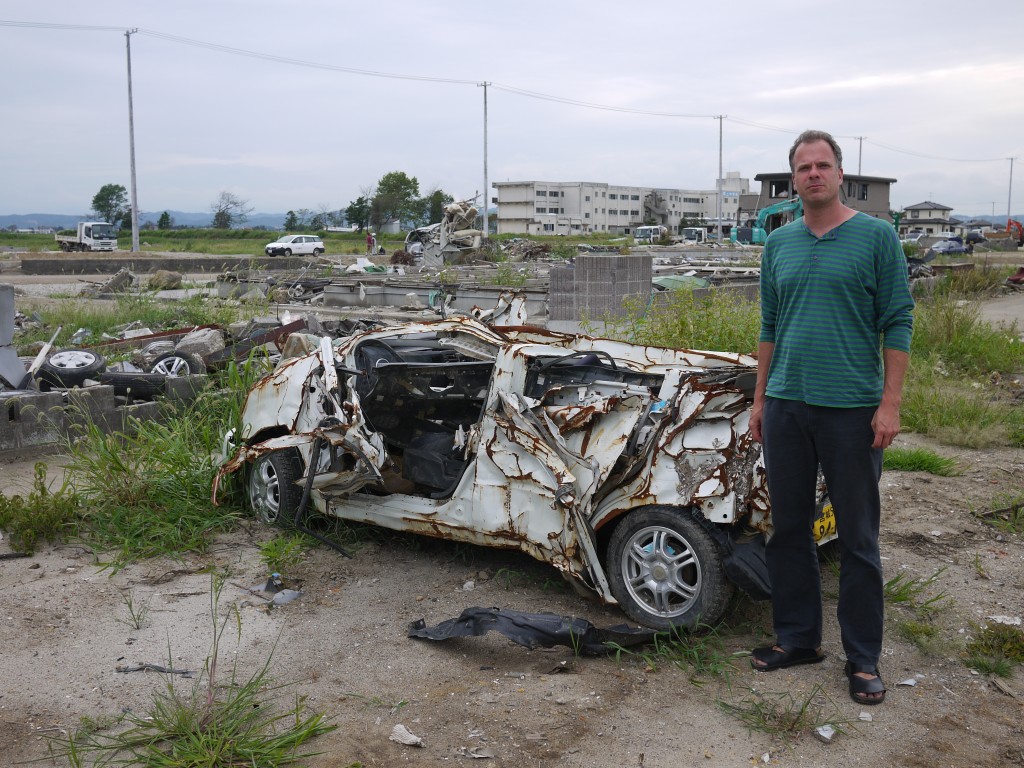Before I refocused much of my research on supplementary education, I conducted a lot of research and wrote a dissertation on history education in Japan and the Germanys. I published this research as a book last year, “Guilty Lessons? Postwar History Education in Japan and the Germanys“. While I don’t discuss supplementary education in that book at all, my research on history textbooks was in part an inspiration for my current focus on juku.
In the course of a major research project, there are a number of questions that get asked time and again, some virtually every time one presents on a given topic. For my research on history education, especially in the Japanese context (the book was comparative in nature and included a discussion of history textbooks in East and (West) Germany as well), one of the questions I frequently heard was, “Yeah, but no one reads the textbooks anyway, students only study for the entrance examinations and thus rely on juku materials to study history.”
As you can see right away, this was not really a question and it was typically posed in that dismissive “so what?” manner that we academics unfortunately pose so often to each other. Nevertheless, I took this question seriously and after having heard it a couple of times went looking for research on the portrayal of national history in juku materials/instruction hoping to be able to add citations for this literature in footnotes to at least address this question even if I would not be able to answer it properly.
Note that this is also a question that Philip Seaton raises in his review of my book for Monumenta Nipponica.
As I went looking for this literature, it quickly dawned on me that there was no such literature. While I found this astonishing – given the frequency with which this question was posed -, I assume that it was a bit of an oversight in the larger literature on juku and on Japanese students’ sources of knowledge in different elements of their education. No such luck, there is no sustained engagement with these topics in any social science literature in Japanese or other languages. This observation was one of the central insights that propelled me toward juku research.
Kazuya Fukuoka’s Research on the Reception of History Textbooks and the Role of Juku
Kazuya Fukuoka is a political scientist at St. Joseph’s University in Philadelphia (U.S.) I met him some years ago at a conference that was hosted by the Hiroshima Peace Institute and organized by Mikyoung Kim and Barry Schwartz. Kazuya co-authored a chapter with Barry Schwartz that appeared in the edited volume that resulted from this conference, Northeast Asia’s Difficult Past (Palgrave Macmillan, August 2010), “Responsibility, Regret, and Nationalism in Japanese Memory”.
Kazuya has also just published a new article in the International Journal of Politics, Culture and Society, “School History Textbooks and Historical Memories in Japan: A Study of Reception“. In October 2011, the article was available on the Springer website as an OnlineFirst publication. Through in-depth interviews, Kazuya determines that the reception of materials presented in school, especially textbooks, is not a straight-forward mechanistic process, but that it varies significant across individuals.
One of the aspects that Kazuya focuses on in particular (yes, I’m finally coming around to the juku link in this whole discussion), is the role of “entrance examination hell” (no page# given in the PDF I obtained through my university’s subscription). In his interviews, Kazuya heard reports from his interviewees that contemporary history was rarely discussed in the upper years of high school because it rarely appeared on university entrance examinations, and that history/social sciences is primarily perceived as a subject that requires memorization.
Social Studies in Juku Instruction
What Kazuya reports on the basis of his interviews here confirms my experience in juku as well. First of all, social studies is relatively rarely requested by students/parents. The dominant subjects continue to be Japanese, mathematics and – in middle and high school – English.
When I have observed 社会科 classes in juku, they have largely reflected that same kind of encyclopedic quality that Kazuya’s informants mentioned and that also corresponds to the empiricism that I found to characterize history textbooks.
The one notable exception I have come across in my fieldwork is a small juku in Chiba where the 塾長 (who is very active in juku association circles centred on Tokyo) spends a fair amount of time using coverage of a specific theme in newspapers to explore current events and their linkages to the three social studies subjects.



